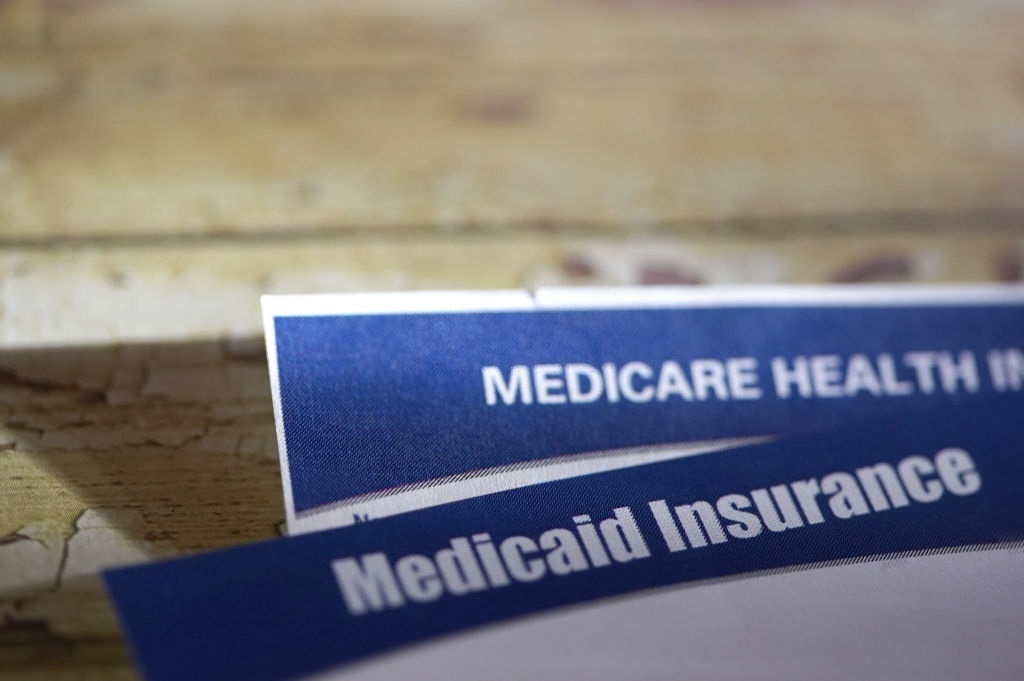Health insurance is a great benefit that no one should miss. It is essential if you need help to pay your medical expenses, but if you want to apply for a health plan, you need to pay for it. If you do not have the money to afford one, you can check if you are eligible for Medicare or Medicaid.
These two health insurances are open to the public, but you have to meet certain eligibility first. They have benefits for specific treatments and procedures, so choose the one you feel more comfortable with. However, you might think that you can only apply for just one, but in reality, you can have both.
This is called dual eligibility, and furthermore, we are going to discuss how you can get Medicare and Medicaid insurance at the same time.
Understanding Medicare and Medicaid

Before you start to enroll in these health insurances, you have to know how they work.
Medicare
First of all, Medicare gives services for people over 65 years old especially, but there are other people that can qualify; like people younger than 65 but with disabilities, or someone with an End-Stage Renal Disease (ESRD). This healthcare program is divided into different parts that provide specific coverage:
- Part A. This involves hospital coverage, as it provides help for inpatients; they are people admitted formally in a hospital. Home health care and hospice care are among the things covered.
- Part B. It offers medical coverage, and its services go for outpatients; people that are not admitted formally to the hospital. It covers durable medical equipment like hospital beds, wheelchairs, etc, and also laboratory tests.
- Part C. Also known as Medicare advantage, this is an optional plan that offers great benefits from Part A, B, and sometimes D, and it can also bring lower out-of-pocket costs.
- Part D. This only covers the prescription of drugs. This is only provided by private companies.
Medicaid
On the other hand, this insurance is dedicated to families with low-income resources. It is part of your respective state program and it covers services that Medicare cannot pay.
If you want to apply for it, you first need to search in your State Medical Assistance office for the requirements of registration, as it can vary depending on the state. People older than 65, kids younger than 19, parents, someone with a disability, and others can be eligible, but it is important that you show you do not have enough capital to afford a health insurance plan.
➡LEARN MORE: Best-Rated Medicare Part D Plans
Medicare and Medicaid Dual eligibility qualifications
As the name implies, it is a case where you can opt for Medicare and Medicaid at the same time. This is not unusual, a lot of people have these two on their health plans, and you can have different insurance providers nowadays.
The only thing that affects is how Medicare and Medicaid will cover your medical expenses. When you have two health insurance, it will be divided into two categories, one primary and the other secondary.
The former is the first payer and covers most of the claims, for example, doctor services and medical supplies, while the latter pays for the remainder (either the entire bill or just a fraction of it).
This is where Medicare acts as your primary coverage and Medicaid as the secondary. Look through what benefits they both offer, because as we said above, there are services where Medicare cannot help, but Medicaid can, for example, long-term care.
Levels of coverage
If you want to have Medicare and Medicaid, you just have to look in your federal requirements and follow the state’s Medicaid specifications. Once you do it, you can choose the coverage level you want. These are two levels:
- Partial-dual coverage. You may receive assistance from Medicaid, however, if you need to pay for Medicare premiums (monthly fee) and receive some of the benefits of Medicare
- Full-dual coverage. You have both Medicare and Medicaid full benefits. You do not need to pay for premiums
